St. Mullins – Tigh Moling – The House of Moling
9. St. Mullins – ecclesiastical ruins. This important monastery was founded by St. Moling in the seventh century and it had close links with Ferns in Co. Wexford and Glendalough in Co. Wicklow. It has been a place of pilgrimage since the earliest of times and St. Moling’s Well is still venerated for its powers of healing.
DID YOU KNOW
Many stories are still told of St. Moling and his miracles including the digging of a mile long water course with his own hands to power his mill, a task which took seven years.
The ecclesiastical ruins are situated in the back of the graveyard and they include five churches and the remains of a round tower. The monastery probably contained several high crosses but only the upper portion and base of one solid-wheeled cross remains. The cross shows a large figure of Christ and the Apostles.
Teampall Mór is the oldest church, parts of which may date from the tenth or eleventh century. South of Teampall Mór lie the remains of the largest church, the ‘Abbey’, which is probably fifteenth century. The chancel![]() retains its original altar and sedilia
retains its original altar and sedilia![]() . To the east of the ‘Abbey’ is a tiny oratory of uncertain date, dedicated to St. James.
. To the east of the ‘Abbey’ is a tiny oratory of uncertain date, dedicated to St. James.
To the south are two further structures, probably post-medieval in date. The larger, a domestic building with a fireplace also has an unusual diamond shaped window in the east wall. The smaller building now functions as a mausoleum for the Kavanagh family (descendants of the Mac Murchada Kings of Leinster). Here can be seen a modest memorial to King Art Mac Murchada Caomhánach who was poisoned at New Ross in 1417. It is claimed that such was the popularity of Art that as his body arrived in St. Mullins for burial, the funeral procession was still leaving New Ross some 15km away.
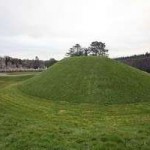
Motte and bailey in St. Mullins - courtesy OPW, Department of the Environment, Heritage and Local Government
The churchyard lies in the shadow of the Anglo-Norman motte and contains a fascinating collection of eighteenth and nineteenth-century gravestones. During penal times, mass was said at the Penal Altar in the graveyard and over the altar is an aperture through which a warning could be communicated to the priest from a watcher positioned on the motte. Each year on the Sunday before July 25th people gather in great numbers to celebrate mass at the Penal Altar, and remember the steadfast Catholic faith of their ancestors through difficult periods. The eighth-century Book of Moling, which may have been produced in St. Mullins is now in the library of Trinity College, Dublin.
10. St. Mullins – Holy Well
The site has been a place of pilgrimage since medieval times and St. Moling’s Well is still venerated for its powers of healing. Friar Clyn, the Kilkenny chronicler reported that in 1349, while the Black Death was raging in the area, thousands of people made a pilgrimage to wade in the water of St. Moling’s Well.
On the outskirts of St. Mullins lie the ruins of an early medieval church, called 11. Templenabo in Irish Teampall na mBó, known as the Church of the cows. This church is said to have been built in thanksgiving to St. Moling who freed the area of Ossory from paying a tax in cows, known as the Boroma tribute, to the High Kings of Ireland.
This is also a site where unbaptised infants were buried in former times. An annual mass is celebrated here on June 17th . This tradition was first established by the local community in 1996, during a year long series of events to commemorate the 1300th anniversary of Molings´s death, and has continued since. Local children play an important role in the mass which honours St. Moling on his feast day, June 17th and commemorates the unbaptised babies.
Admission: adults €3, Children €1, Family 2 adults and 2 children €7
Parking: Yes
![]() Chancel: The eastern part of a church, usually where the main altar is situated.
Chancel: The eastern part of a church, usually where the main altar is situated.
![]() Sedilia: Seats for clergy on the south side of the chancel, often located in niches.
Sedilia: Seats for clergy on the south side of the chancel, often located in niches.
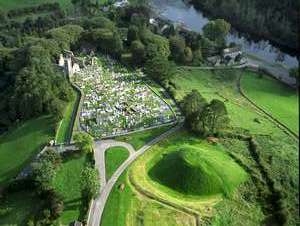
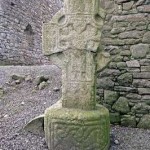
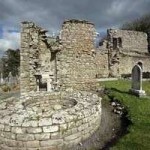
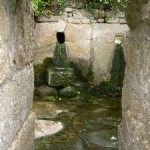
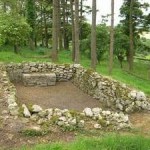

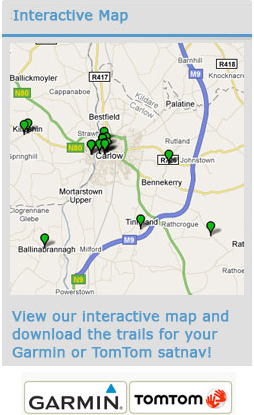
Comments are closed.